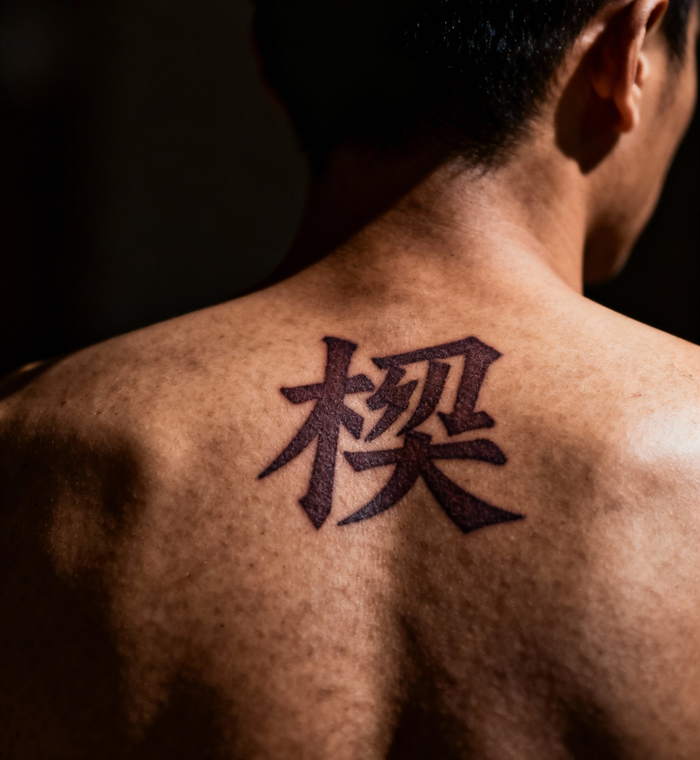
I. The Core Meaning of the Kanji "桁" (keta / geta)
The kanji "桁" is a technical and structural character with a range of related meanings, all connected to the concept of a "beam," "girder," or "digit." Its meaning is highly dependent on context.
1. Literal & Physical Meanings:
Beam; Girder; Crossbeam: In architecture and construction, it refers to a horizontal support beam, often in a bridge or a building.
橋桁 (はしげた, hashigeta) - A bridge girder.
The crosspiece on Japanese clogs (Geta): It refers to the wooden block on the bottom of traditional Japanese footwear.
下駄の歯 (げたのは, geta no ha) - The "teeth" of a geta.
2. Abstract & Numerical Meanings:
Digit; Place (in a number): This is a very common and important meaning in mathematics and computing. It refers to the place of a numeral (e.g., units, tens, hundreds).
桁数 (けたすう, ketasū) - The number of digits.
桁違い (けたちがい, ketachigai) - "On a different order of magnitude." This idiom means something is in a completely different league, vastly superior or inferior.
Order of Magnitude; Scale: Extending from the numerical meaning, it can represent the scale or level of something.
II. "桁" as a Tattoo: Meanings and Considerations
A tattoo of "桁" is a highly unconventional and intellectual choice. It is not a symbol of emotion or virtue, but of structure, scale, and foundation.
Potential Intended Meanings (from the wearer's perspective):
A Symbol of Being a Foundation or Support: Drawing from its architectural meaning, it could represent the wearer's role as a reliable support for their family, team, or community—the "girder" that holds things together.
A Personal Goal of Greatness: Inspired by the idiom 桁違い (ketachigai), it could symbolize an ambition to achieve something "on a different order of magnitude"—to be truly exceptional and stand out from the crowd.
A Love for Structure and Logic: For an engineer, programmer, mathematician, or architect, it could represent a passion for building, structure, and logical systems. It symbolizes the hidden framework that makes things work.
Marking a Significant "Place" or Milestone: In its numerical sense, it could represent a significant "digit" or place in one's life journey, such as a pivotal age or a major achievement.
⚠️ Important Considerations & Potential Drawbacks
"桁" is a very high-context tattoo. Its success depends entirely on a clear and strong personal narrative.
Overwhelmingly Technical and Literal: For most people, including Japanese speakers, a standalone "桁" is puzzling. Its primary meanings are technical (a beam, a digit). The profound, symbolic meanings are not immediately apparent and must be explained.
Lack of Inherent Profundity: Unlike "道" (the way) or "真" (truth), "桁" does not automatically evoke a deep life philosophy. It is a functional noun. Without a story, it can seem random or oddly chosen.
Ambiguity: The character has multiple, distinct meanings. Does it represent a beam? A digit? The idiom 桁違い? The intended meaning will be completely lost on the viewer without explanation.
Aesthetics: The character is visually balanced but somewhat blocky and technical-looking. It may not have the flowing, elegant aesthetic that people often seek in a kanji tattoo.
Conclusion and Recommendation
The kanji "桁" is a niche, intellectual, and high-risk tattoo choice. It is only recommended for someone who has a very deep, personal, and clear connection to its technical or idiomatic symbolism.
It could be a successful tattoo for you if:
You are an engineer, architect, or mathematician and this character perfectly encapsulates your worldview.
The concept of being a "support beam" or achieving "a different order of magnitude" is a central tenet of your identity.
You are comfortable with its obscurity and are prepared to explain its meaning frequently.
For clearer expressions of similar ideas, consider these alternatives:
For "foundation" or "support," use: 支 (sasaeru - to support), 基 (moto - foundation), or 礎 (ishizue - cornerstone).
For "greatness" or "ambition," use: 偉 (erai - great), 志 (kokorozashi - ambition), or 頂 (itadaki - summit).
In summary, "桁" is a high-concept tattoo. Its meaning is not self-evident and leans heavily on a specific professional or personal metaphor. While it can be a powerful emblem for the right person, it will likely be perceived as strange or meaningless without a detailed explanation. It is a tattoo for the self, not for the observer.